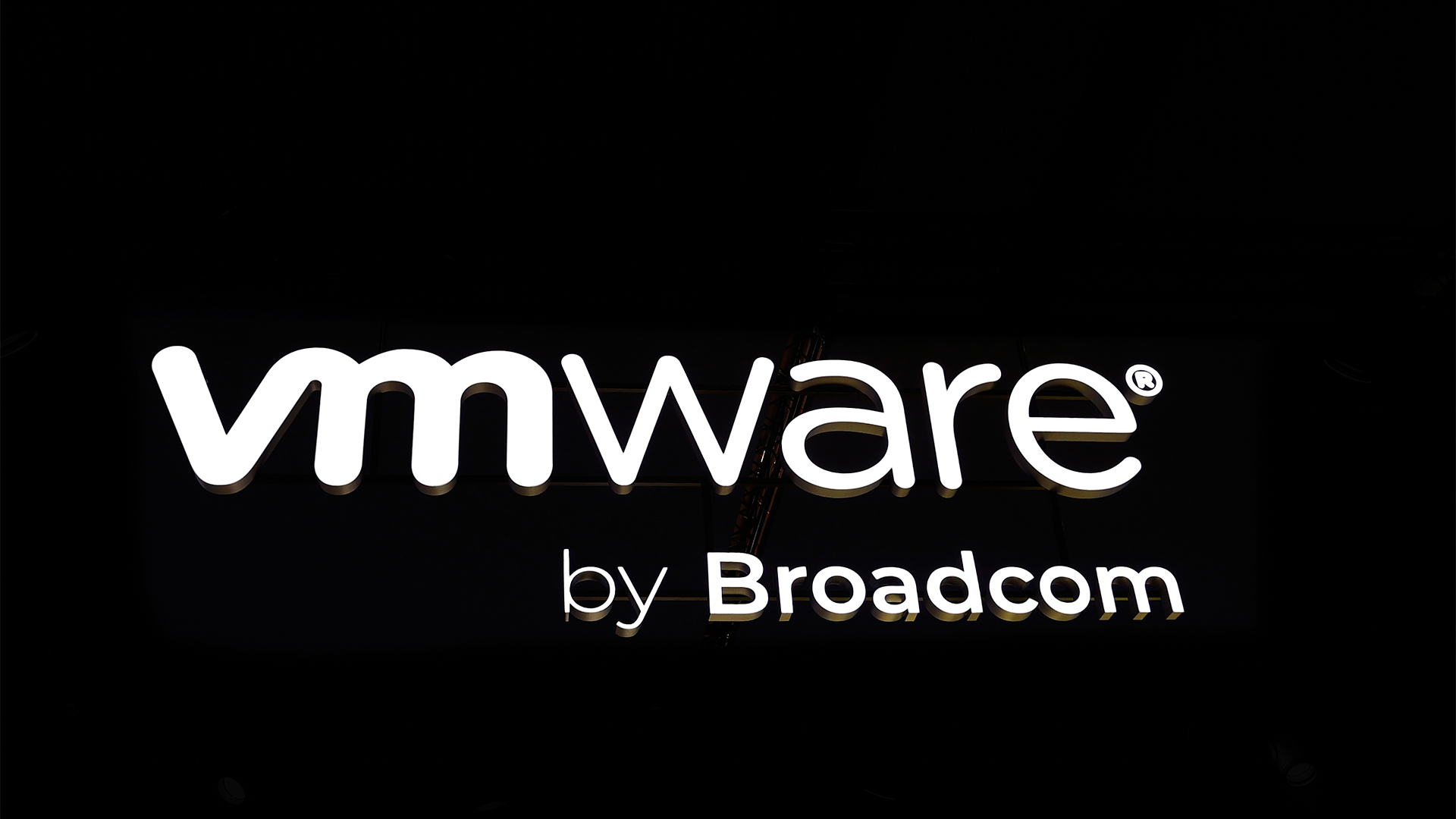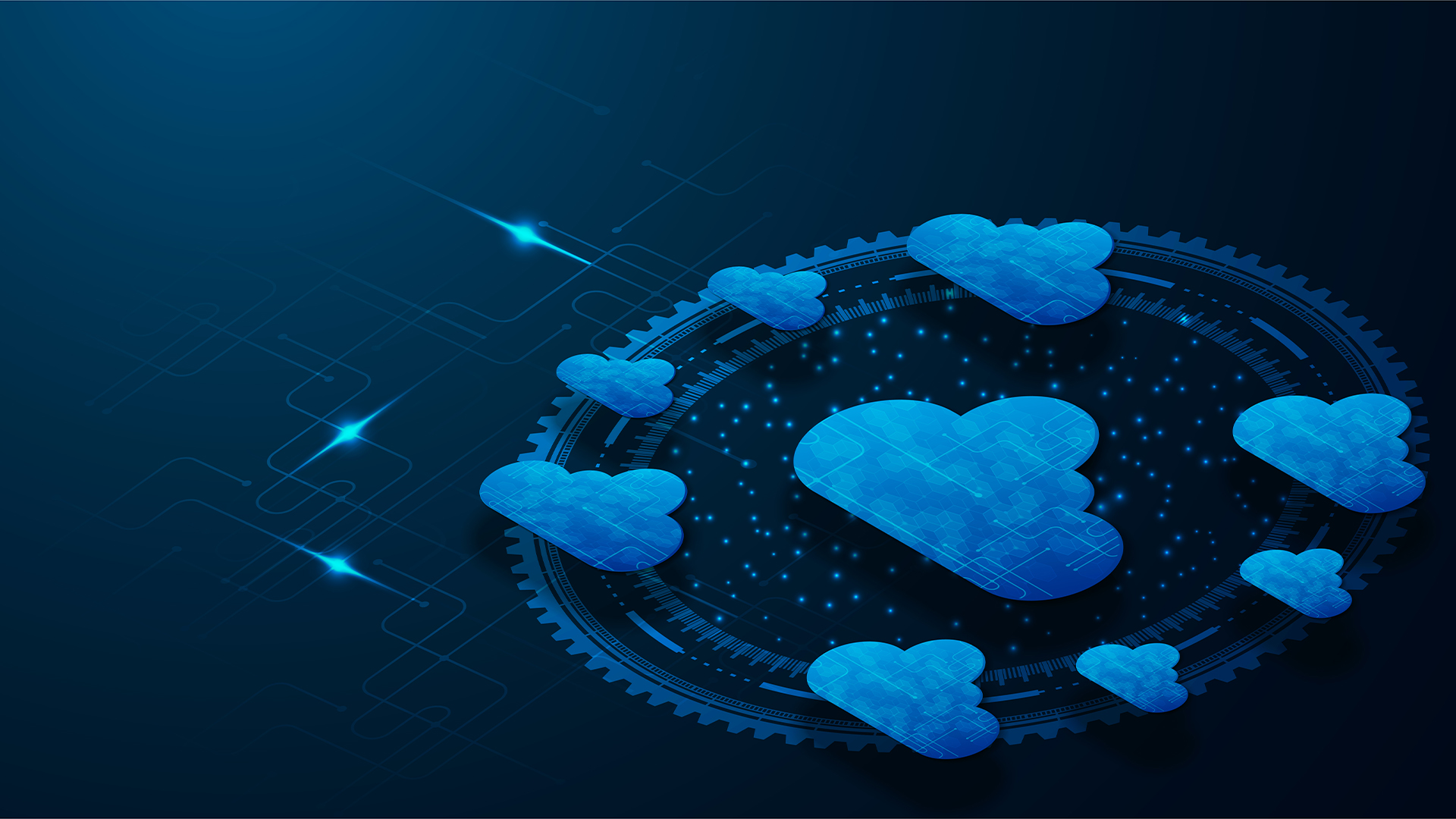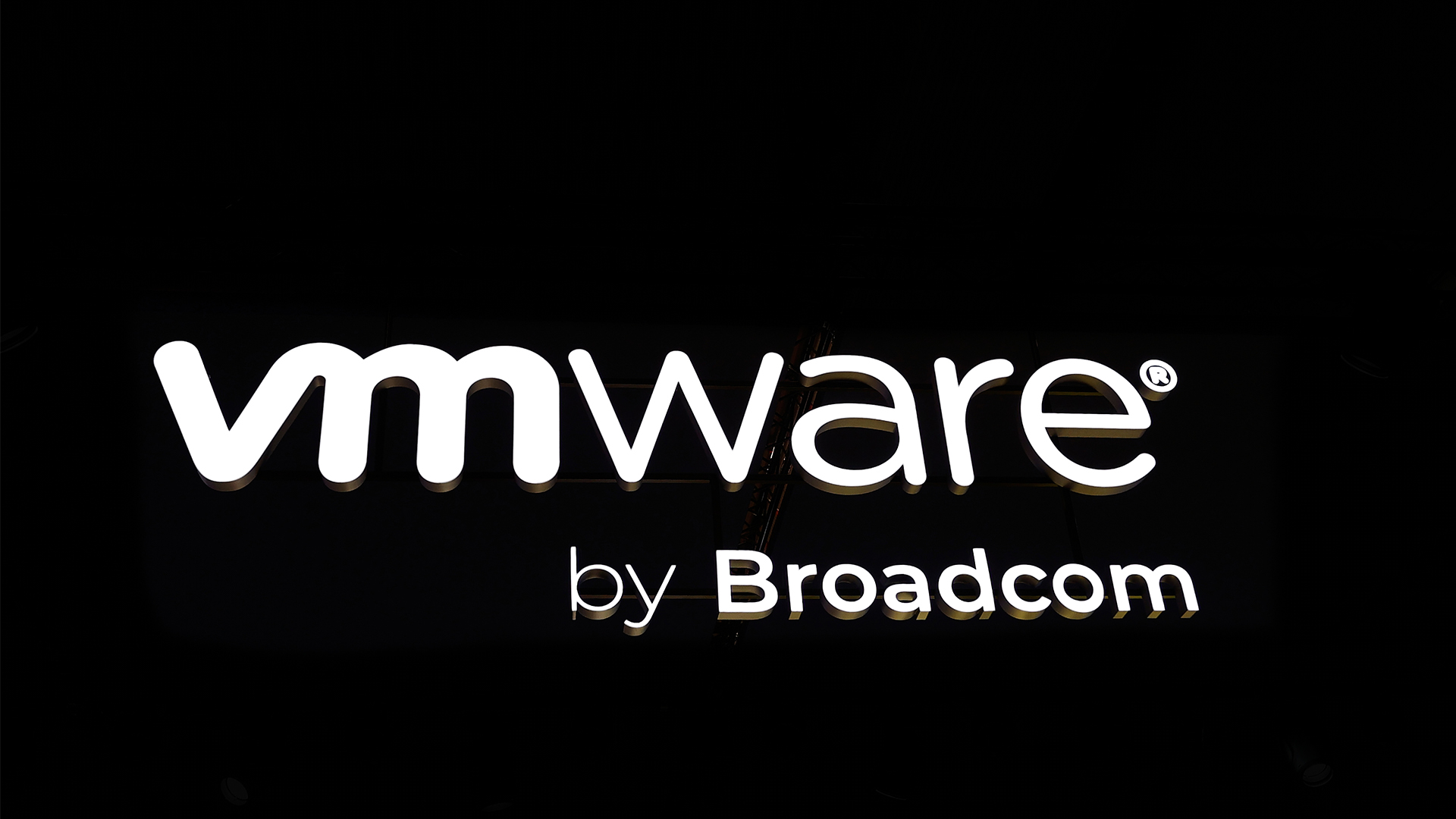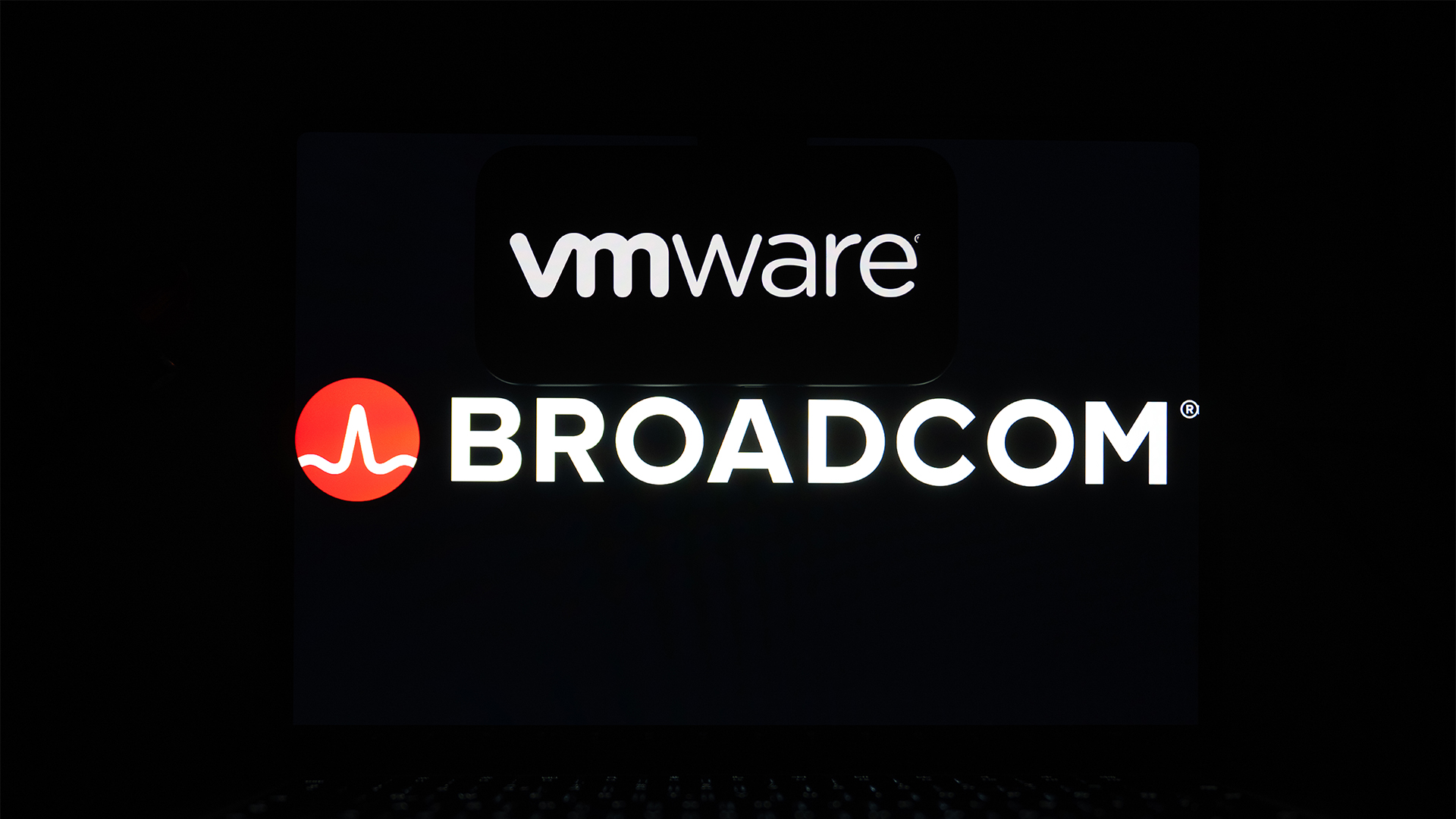RSA and NetApp address cloud computing data privacy
When using a multi-tenancy private or public cloud service, it is essential to ensure access to data and applications is correctly configured and secure.

Compliance and security are two major issues in any IT environment but none more so than in the cloud.
At the IP Expo in London today, RSA Security and NetApp outlined their very different methods of access control in a cloud computing environment.
Julian Wheeler, systems engineering manager at NetApp, said: "The reduced spend of IT departments means that the days when departments had five times the resources they needed are truly over. It is now generally seen that you can't have low utilisation anymore."
The solution, he said, is to have a multi-tenancy data centre with virtualised servers, but this then raised security and privacy concerns.
NetApp believed a unified storage architecture is essential to satisfy the differing requirements of different applications and users.
To offer end-to-end security in the multi-tenancy environment, NetApp has partnered with Cisco and VMware to offer IT as a Service (ITaaS).
Wheeler explained that entrusting security to the storage controller allows each application to be treated as separate entities. Data can be moved or refreshed without having to take the system offline.
Sign up today and you will receive a free copy of our Future Focus 2025 report - the leading guidance on AI, cybersecurity and other IT challenges as per 700+ senior executives
"This gives us one vision for a unified, virtual infrastructure which can securely isolate stored resources," Wheeler said. "It also offers savings."
He pointed out the case of Nottinghamshire Healthcare Trust which adopted NetApp's product with deduplication and compression enabled. This allowed them to reclaim 50 per cent of their storage, using 75 per cent less rack space and reduced their cooling requirements by 67 per cent.
"With government cutbacks coming into effect these savings are allowing the Trust to save money without having to make drastic cuts to their services."
RSA Security has also created an end-to-end secured cloud. RSA is part of EMC, so the company's choice of storage partner was obvious - VMware and Cisco who are becoming a common factor with many cloud computing suppliers.
Rashmi Tarbatt, RSA's chief security architect for the EMEA region, said moving to the cloud does not mean scrapping current security practices.
"The difference is that the composite stack of cloud infrastructures offer a better view of what is going on," she explained.
This does have a spin-off effect in that roles of staff have to change.
"People that function historically as network administrators, systems administrators, and suchlike, all come together in a single function. This does not necessarily mean that you only need one person but the correlated view of all that is going on will mean that these roles have to be redefined."
When a policy has been defined, the result is often hundreds of logs so there is a need to decide which logs have priority - which are more important to the business processes. Within the policies, there will also be certain governance, risk management and compliance regulations that need to be applied.
RSA's acquisition of Archer has brought a useful tool, Tarbatt said. The Archer eGRC Suite allows the application of compliance rules to be automated ensuring that everything is standardised.
Though their companies may differ in the detail, both Tarbatt and Wheeler agreed cloud infrastructures are set to free up administrators to concentrate on more pressing issues of how the systems can better serve the business.
-
 Trump's AI executive order could leave US in a 'regulatory vacuum'
Trump's AI executive order could leave US in a 'regulatory vacuum'News Citing a "patchwork of 50 different regulatory regimes" and "ideological bias", President Trump wants rules to be set at a federal level
-
 TPUs: Google's home advantage
TPUs: Google's home advantageITPro Podcast How does TPU v7 stack up against Nvidia's latest chips – and can Google scale AI using only its own supply?
-
 VMware partners face more disruption with latest Broadcom changes
VMware partners face more disruption with latest Broadcom changesNews Broadcom’s latest VMware changes mean smaller partners could be pushed out
-
 Helping customers adopt a multi-cloud infrastructure and accelerate their modernization journey
Helping customers adopt a multi-cloud infrastructure and accelerate their modernization journeySponsored Content We outline what shifting to a subscription model means for your business
-
 There’s a ‘cloud reset’ underway, and VMware Cloud Foundation 9.0 is a chance for Broadcom to pounce on it
There’s a ‘cloud reset’ underway, and VMware Cloud Foundation 9.0 is a chance for Broadcom to pounce on itNews With new security features and cost management tools, Broadcom wants to capitalize on surging private cloud adoption rates
-
 Broadcom's 'harsh' VMware contracts are costing customers up to 1,500% more
Broadcom's 'harsh' VMware contracts are costing customers up to 1,500% moreNews An ECCO report says Broadcom hasn't solved customer complaints when it comes to licensing and contracts
-
 Broadcom records huge growth as CEO Hock Tan hails “successful integration” of VMware
Broadcom records huge growth as CEO Hock Tan hails “successful integration” of VMwareAnalysis The VMware acquisition is finally paying dividends for Broadcom
-
 Broadcom EMEA CTO claims the company has been able to solve most of its customer issues following VMware acquisition
Broadcom EMEA CTO claims the company has been able to solve most of its customer issues following VMware acquisitionNews Joe Baguley says the firm has been walking customers through license changes and explaining the value of VMware
-
 Cloud repatriation may be nipping at hyperscaler market share, but it’s a boon for VMware
Cloud repatriation may be nipping at hyperscaler market share, but it’s a boon for VMwareNews The firm’s private cloud offerings put it in a strong position to aid customers moving workloads out of the public cloud – but repatriation can’t be the only conversation
-
 VMware Explore 2024 live: All the news and updates as they happen
VMware Explore 2024 live: All the news and updates as they happenLive Blog ITPro is live on the ground in Barcelona for VMware Explore 2024 – keep tabs on all the news, updates, and announcements in our rolling coverage